加法器:Summing Amplifier
The summing amplifier, a special case of the inverting amplifier, is shown in Figure 4. The circuit gives an inverted output which is equal to the weighted algebraic sum of all three inputs. The gain of any input of this circuit is equal to the ratio of the appropriate input resistor to the feedback resistor, R4. Amplifier bandwidth may be calculated as in the inverting amplifier shown in Figure 1 by assuming the input resistor to be the parallel combination of R1, R2, and R3. Application cautions are the same as for the inverting amplifier. If an uncompensated amplifier is used, compensation is calculated on the basis of this bandwidth as is discussed in the section describing the simple inverting amplifier. The advantage of this circuit is that there is no interaction between inputs and operations such as summing and weighted averaging are implemented very easily.
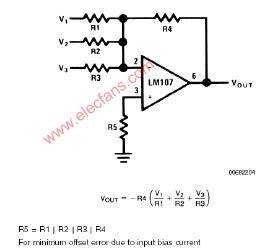
求和電路是反相放大器的一種特殊形式。如圖4。其輸出電壓為3個輸入電壓加權代數和取反(因為其為反相電路,其每路的增益為負值——譯者)。每路輸入電壓的增益等于其反饋電阻和輸入電阻之比(取反——譯者)。增益帶寬的計算方式和反相放大電路相同,參見例1,將其輸入電阻替換為R1、R2、R3的并聯電阻值。應用上的注意事項和反相放大電路相同。如果使用了沒有內部補償功能的OP,應該在簡單反相器的帶寬的基礎上計算補償量。這個電路的特點在于:各個輸入之間相互不影響,求和或者取平均的功能很容易就可以實現。
 電子發燒友App
電子發燒友App





















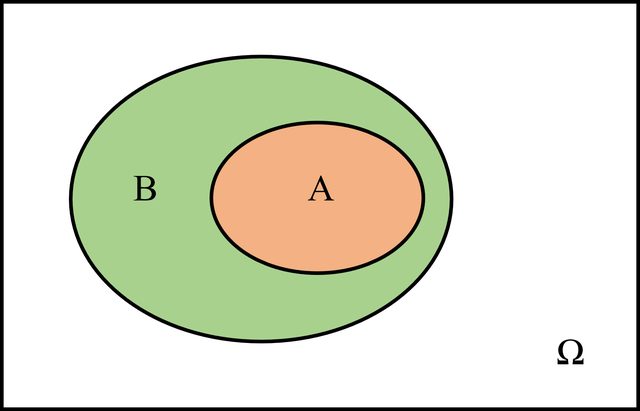

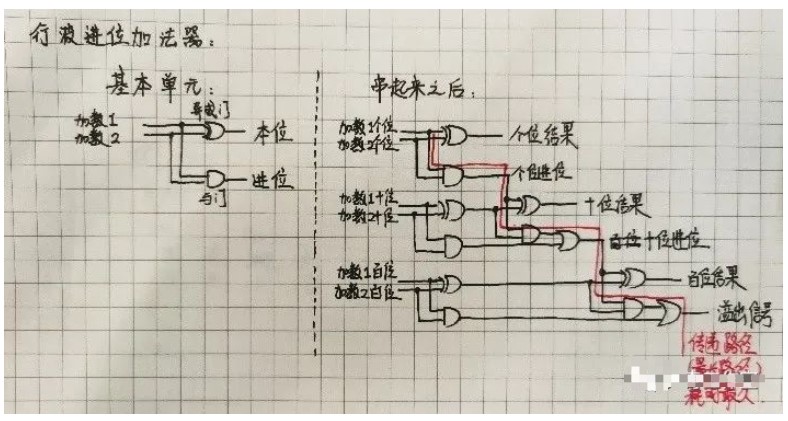
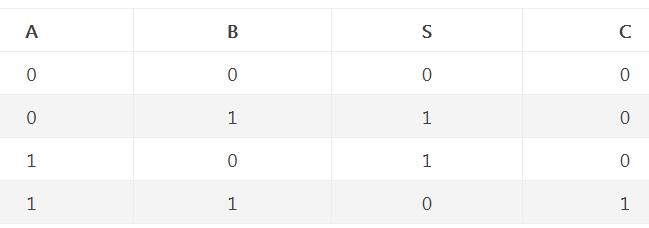







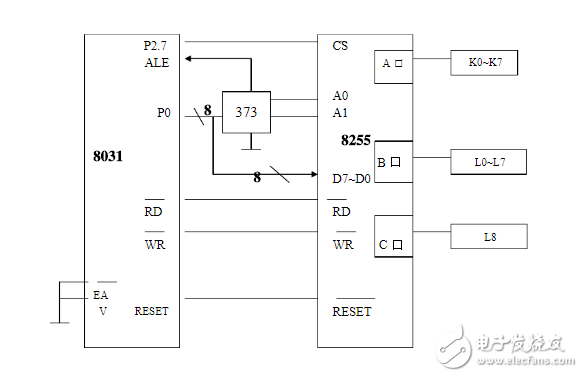























評論